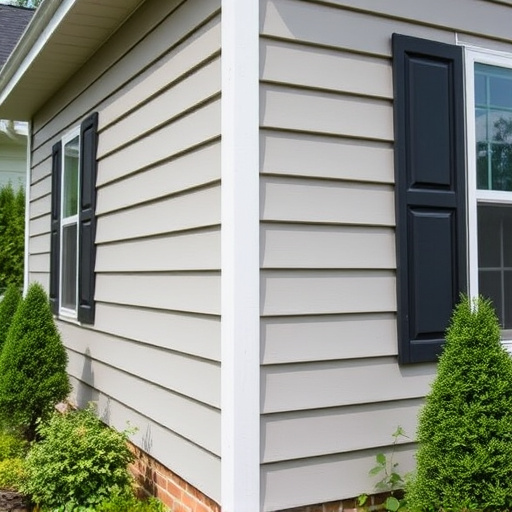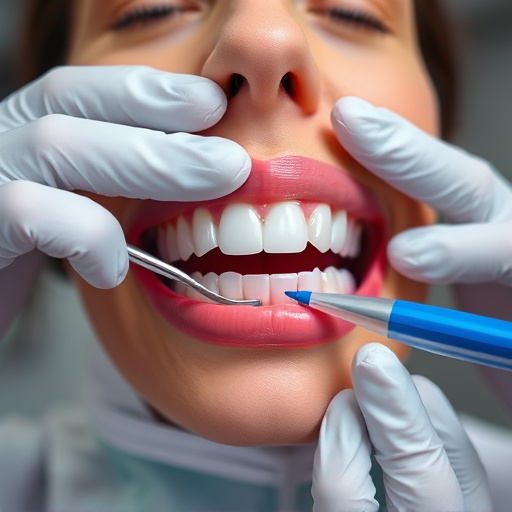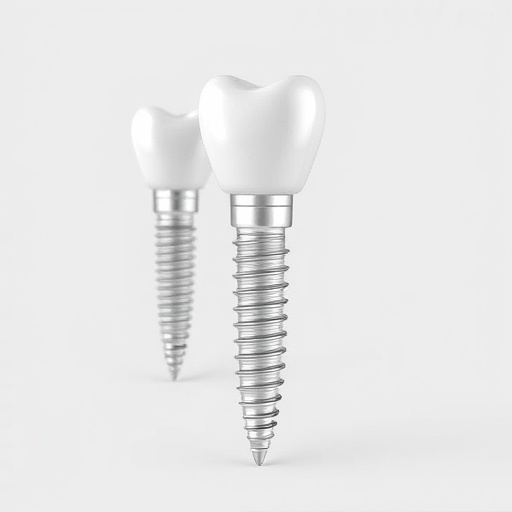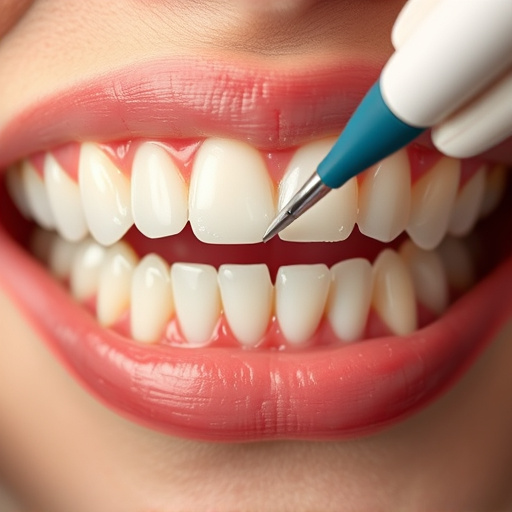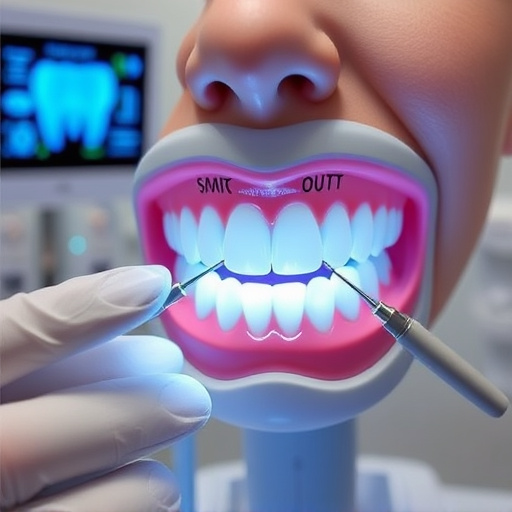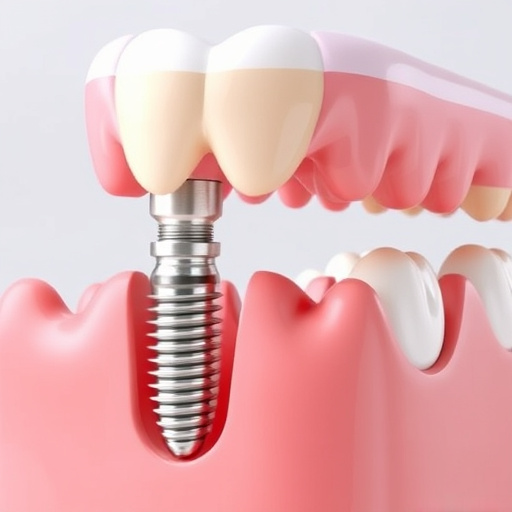Dental bridge replacement restores smiles and function for missing teeth using custom-made porcelain/ceramic bridges bonded to surrounding healthy teeth after an initial consultation. Routine cleanings and dental bonding are recommended for long-term success. Bridges offer a natural-looking solution, but involve altering healthy teeth, have varying longevity compared to implants, and are more costly than alternatives. Proper post-procedure dental care, including regular brushing, flossing, and checkups, ensures the bridge's longevity.
Considering dental bridge replacement for your upper or lower teeth? This comprehensive guide explores the process, benefits, and potential drawbacks of this popular tooth replacement solution. From understanding the procedure to ensuring long-term care, we’ll walk you through everything you need to know. Discover how dental bridges can restore your smile and bite function effectively.
- Understanding Dental Bridge Replacement Process
- Advantages and Disadvantages of Dental Bridges
- Steps for Successful Long-Term Dental Bridge Care
Understanding Dental Bridge Replacement Process

Dental bridge replacement is a procedure that restores your smile and dental function when you’re missing one or more teeth. It involves crafting a custom-made bridge, typically made of porcelain or ceramic, to fill the gap left by the absent tooth or teeth. This bridge is then securely attached to surrounding healthy teeth using advanced bonding techniques. The process begins with an initial consultation where your dentist assesses your oral health and determines if you’re a suitable candidate for a dental bridge.
They may also recommend routine dental cleanings and check-ups, alongside other procedures like dental bonding, to strengthen the adjacent teeth and ensure the long-term success of the bridge. Throughout the process, your dentist will guide you, explaining each step clearly and addressing any concerns you might have. This meticulous approach ensures a comfortable experience and a final result that not only looks natural but also feels secure.
Advantages and Disadvantages of Dental Bridges

Dental bridges offer several advantages when it comes to replacing missing teeth, both upper and lower. One of the key benefits is their ability to restore the natural appearance of your smile by bridging the gap left by one or more missing teeth. Bridges are custom-made to fit snugly over the surrounding healthy teeth, providing a permanent solution that feels comfortable and looks natural. They also help maintain the structural integrity of your jawbone, which can otherwise atrophy after tooth loss, preventing facial drooping and preserving overall facial symmetry.
However, there are some potential disadvantages to consider with dental bridges. One common concern is that they require grinding down healthy teeth on either side of the gap to serve as anchors, which may not be ideal if those teeth are still in good condition. Additionally, while bridges can last for many years with proper care, they are not as durable as implants and may need replacement over time. Another consideration is cost, as dental bridges often involve multiple visits and can be more expensive than other options like dentures or wisdom tooth removal, especially if complex procedures like dental bonding are required to ensure a secure fit.
Steps for Successful Long-Term Dental Bridge Care

After receiving a dental bridge replacement for upper or lower teeth, it’s crucial to maintain comprehensive dental care for long-term success. The first step is proper oral hygiene, which includes brushing and flossing regularly. Use a soft-bristled toothbrush and fluoride toothpaste to gently clean all surfaces of your teeth, including the areas around the bridge. Flossing is essential to remove plaque buildup between the teeth and under the gum line.
Additionally, regular dental checkups and cleanings are vital for preventative dentistry. During these visits, your dentist will inspect the bridge for any signs of damage or wear and perform professional cleanings to prevent tartar accumulation. Remember, a restorative dentistry approach like dental bridge replacement is just one part of overall oral health. By combining comprehensive dental care with good at-home practices, you can ensure your new bridge lasts for many years to come.
Dental bridge replacement is a reliable solution for restoring missing teeth, offering both functional and aesthetic benefits. By understanding the process, weighing the advantages and disadvantages, and following proper care guidelines, individuals can enjoy long-lasting results. With diligent oral hygiene, regular check-ups, and a commitment to maintaining the bridge’s integrity, dental bridge replacements for upper and lower teeth can significantly enhance one’s smile and overall oral health for years to come.


